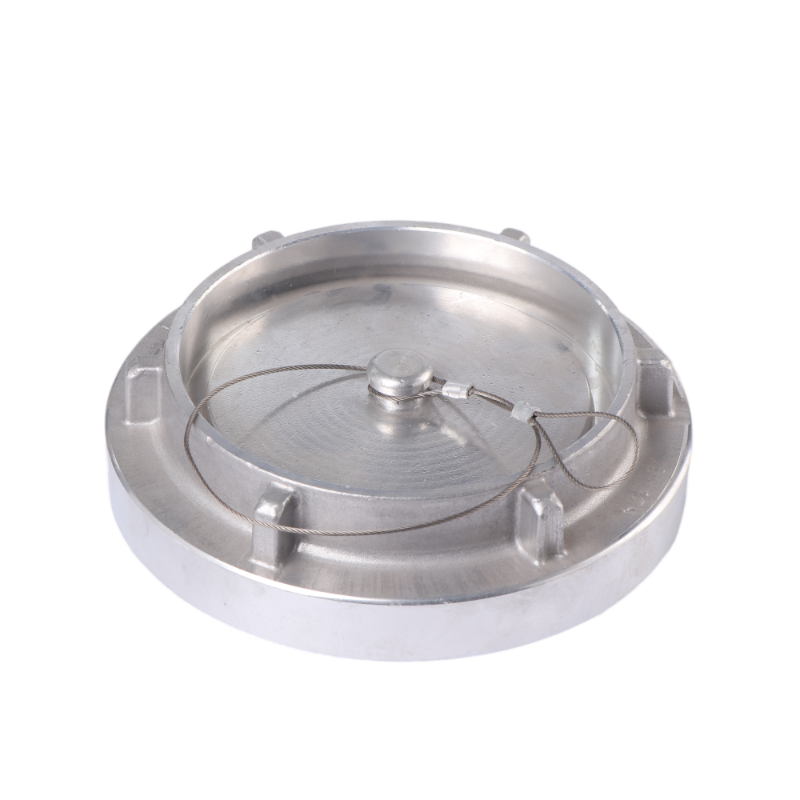Introduction:
The effectiveness of firefighting operations relies heavily on the availability and functionality of essential equipment and infrastructure. Among the critical components in a fire suppression system, the hydrant siamese plays a pivotal role. This article aims to comprehensively explore the significance, design, installation, and operational aspects of hydrant-siamese in the context of firefighting.
Understanding the Hydrant Siamese:
A hydrant siamese, commonly known as a fire department connection (FDC), serves as a crucial interface between a building’s internal fire protection system and the external municipal water supply. Its primary function is to provide firefighters with a readily accessible and reliable connection point to augment water supply during firefighting operations.
Design and Components:
Hydrant-Siamese units are typically constructed from durable materials, such as cast iron or brass, to withstand the rigors of external conditions. The standard design comprises two or more inlets, allowing multiple hoses to be connected simultaneously. These inlets are often equipped with robust, quick-connect couplings to expedite the setup process during emergencies.
Installation and Location:
Strategic placement of hydrant-siamese units is paramount for optimal functionality. Local building codes and regulations dictate specific installation requirements, emphasizing factors such as accessibility, visibility, and proximity to fire department access routes. The installation process involves careful coordination with fire protection engineers and municipal authorities to ensure compliance with safety standards.
Operational Significance:
The operational significance of hydrant siamese becomes evident in its ability to facilitate a seamless connection between the municipal water supply and the building’s fire sprinkler or standpipe system. Firefighters can rapidly establish a water supply by connecting hoses to the siamese inlets, enhancing the overall efficiency of fire suppression efforts.
Water Supply Augmentation:
During a fire emergency, municipal water supplies may face limitations, necessitating additional sources to meet the escalating demand for water. Hydrant siamese units offer a practical solution by enabling firefighters to tap into alternative water sources, such as fire department pumpers or tanker trucks, thereby bolstering the available water volume for firefighting operations.
Integration with Standpipe Systems:
Hydrant-siamese units are integral components of standpipe systems, commonly found in multi-story buildings. Standpipes provide vertical pipes for hose connections on various floors, and the siamese connection facilitates the direct supply of water to these standpipes. This integration enhances the versatility of the firefighting system, allowing firefighters to address fires on different levels with precision.
Maintenance and Inspection:
Ensuring the reliability of hydrant siamese units requires a systematic approach to maintenance and regular inspections. Routine checks encompass verifying the integrity of couplings, inspecting for corrosion, and assessing overall functionality. Periodic flow tests and pressure checks contribute to the early detection of potential issues, allowing for prompt remediation and ensuring optimal performance when needed.
Regulatory Compliance:
Compliance with local, national, and international standards is imperative in the installation and maintenance of hydrant-siamese units. Fire protection professionals and building owners must stay abreast of evolving regulations to guarantee that their systems meet or exceed the stipulated safety requirements. Non-compliance can lead to legal ramifications and compromise the effectiveness of firefighting efforts.
Advantages of Hydrant Siamese
The integration of hydrant-siamese units into firefighting systems brings forth numerous advantages, contributing significantly to the efficiency and effectiveness of fire suppression efforts. These advantages span various aspects of emergency response and overall fire safety.
Rapid Water Supply Augmentation:
One of the primary advantages of hydrant-siamese units is their ability to swiftly augment water supply during firefighting operations. Firefighters can connect multiple hoses simultaneously, ensuring a rapid response to escalating fires.
Versatility in Water Sources:
Hydrant siamese units enable firefighters to tap into diverse water sources beyond municipal supplies. This versatility is crucial in areas where water availability might be limited, allowing the utilization of alternative sources such as fire department pumpers or tanker trucks.
Enhanced Firefighting System Flexibility:
The integration of hydrant-siamese with standpipe systems enhances the flexibility of firefighting strategies in multi-story buildings. Firefighters can efficiently direct water to different levels, addressing the specific requirements of a fire incident within a structure.
Risk Mitigation and Deterrence:
The mere presence of well-maintained hydrant-siamese units acts as a deterrent and contributes to risk mitigation. The visible readiness of a building to handle fire emergencies can discourage potential fire hazards and foster a safer environment.
Ease of Connection and Deployment:
The design of hydrant-siamese units, often equipped with quick-connect couplings, facilitates easy and rapid deployment. This user-friendly aspect is crucial during high-stress emergency situations, ensuring that firefighters can swiftly establish connections without unnecessary delays.
Compliance with Regulatory Standards:
Hydrant siamese units, when installed and maintained by local, national, and international standards, ensure compliance with fire safety regulations. This not only protects against legal ramifications but also guarantees that the firefighting infrastructure meets the stipulated safety requirements.
Remote Monitoring and Technological Advances:
Ongoing technological advancements, such as smart hydrant-siamese systems, allow for remote monitoring and real-time diagnostics. These innovations contribute to proactive maintenance, early issue detection, and overall system resilience.
Effective Emergency Planning:
The inclusion of hydrant-siamese considerations in emergency response plans enhances the overall effectiveness of preparedness strategies. This includes identifying alternative water sources, establishing communication protocols, and conducting regular drills to ensure a coordinated response.
Global Applicability:
The adaptability of hydrant-siamese units to various environments, including both urban and rural settings, underscores their global applicability. Different regions can tailor their firefighting strategies, incorporating hydrant siamese units to suit the unique challenges and characteristics of their surroundings.
Improved Firefighter Competence:
Regular training drills that involve the use of hydrant-siamese units contribute to enhanced firefighter competence. Familiarity with the equipment and efficient connection procedures ensure that firefighting personnel can operate effectively during actual emergencies.
Conclusion:
In conclusion, the hydrant-siamese stands as a fundamental component of modern firefighting infrastructure, bridging the gap between internal fire protection systems and external water supplies. Its strategic installation, coupled with regular maintenance and adherence to regulatory standards, ensures its reliability during critical situations. Fire departments, building owners, and stakeholders alike must recognize the indispensable role of hydrant siamese units in enhancing the efficiency and effectiveness of firefighting operations.




